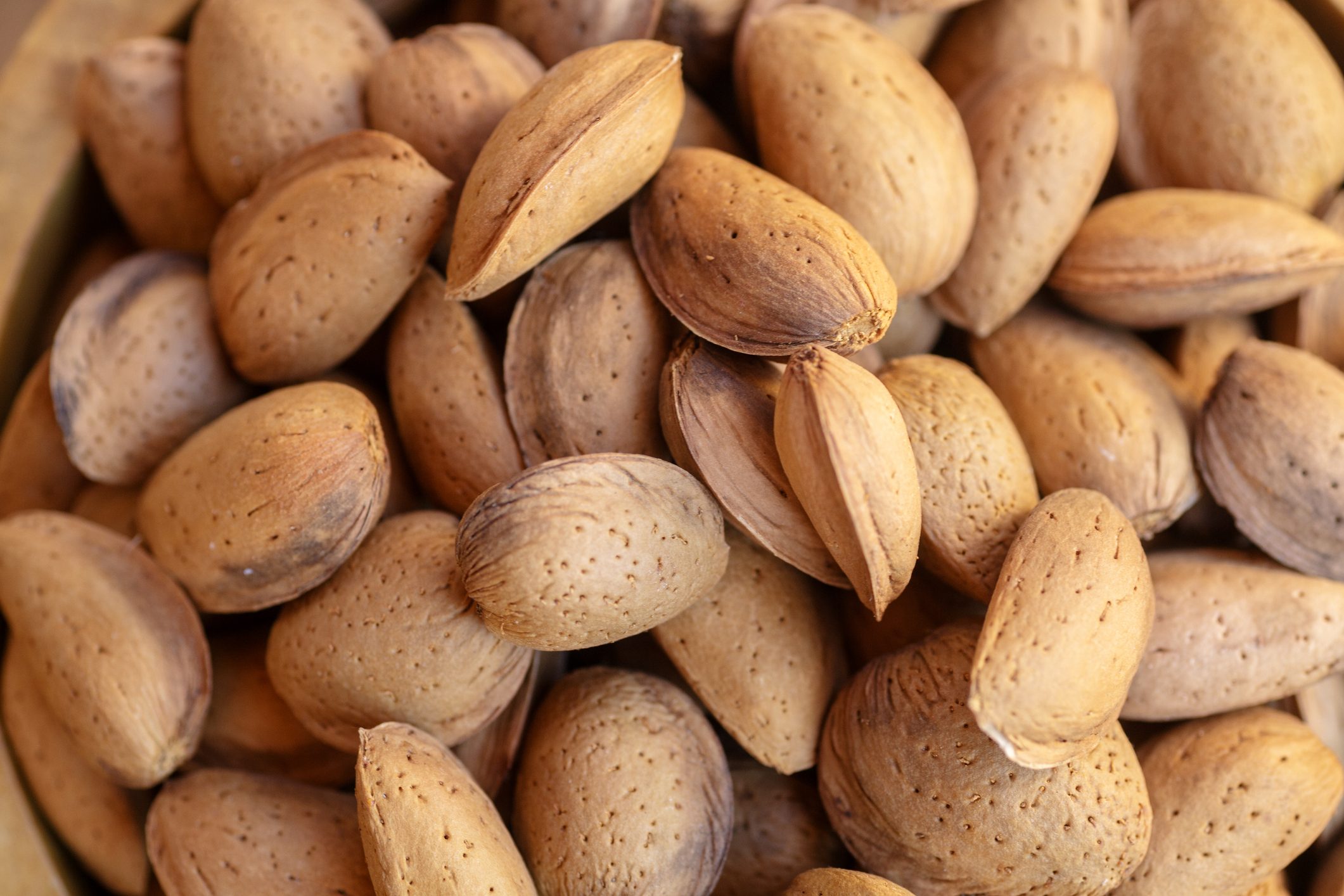The 9 benefits of legumes for your health
Cholesterol, hypertension, cancer and much more: everything you can prevent thanks to legumes.
;)
Cholesterol, hypertension, cancer and much more: everything you can prevent thanks to legumes.
Whether you eat anything or you are vegetarian or vegan, certainly any nutritionist will tell you to put legumes in your diet. Legumes are an extraordinary food, rich in proteins, fibers, carbohydrates and mineral salts (iron, potassium and phosphorus), they contain vitamins (especially B1, niacin, vitamin C and vitamin H) and antioxidant and protective substances (including polyphenols). This is why they bring multiple health benefits.
Our advice is to favor the Italian legumes, like the chickpeas you see in the image below and that you can find in this online store. In Italy the most cultivated legumes are beans (Borlotti, Bianchi di Spagna, Toscanelli, Cannellini), peas, lentils, chickpeas and fava beans, less common but still present are lupin beans and cicerchie. In the rest of the world one of the most cultivated vegetables is soy (which contains more proteins and all the essential amino acids). In the legume family there are also the cashews (much richer in fats and calories).
In the Mediterranean tradition the dishes based on legumes and cereals are very common, a good combination because it provides all the essential amino acids (those that our body is not able to synthesize) and can optimally replace the meat inside of a varied and balanced diet. It is usually recommended to take them 2 to 4 times weekly.
Let’s now discover all the benefits of legumes into our diet.
1. Legumes reduce cholesterol

This much appreciated benefit is due to the presence of saponins (compounds that the plants use to protect themselves from pathogens) and lecithin (a molecule able to bind to cholesterol molecules facilitating their disposal). So for this, legumes are a food indicated for those suffering from high cholesterol. A research by St. Michael's Hospital published in the Canadian Medical Association Journal has shown that increasing the quantity of legumes in western food can reduce the risk of cardiovascular disease by 5-6% reducing Ldl cholesterol (also called bad cholesterol).
2. Legumes prevent hypertension

They are recommended in all diets against high blood pressure because they are rich in potassium, a mineral salt that keeps the pressure under control. The daily potassium requirement is about 3 grams and legumes are among the foods that contain it more.
3. They defend from cancer

In an anticancer diet there are at least two reasons for which legumes cannot be lacking. The first is that they are essential to reduce the intake of meat, which is considered a food at risk (red meat and sausages). The second is that legumes contain some substances that defend our body from tumors.
A 2005 study by the University College London has discovered the presence in legumes, cereals and walnuts of a powerful compound called inositol pentachysphosphate able to inhibit an enzyme (phosphoinositide 3-kinase) involved in the growth of tumors.
The legumes also contain some molecules (such as saponins or phytoestrogens) that can play a protective action and some research has shown a lower risk of prostate and stomach cancers in individuals who eat them regularly, although we know the studies are not yet in agreement to give it an important role.
4. Legumes control your blood sugar level and prevent diabetes

With their supply of fibers, legumes help to absorb carbohydrates more slowly, resulting in a more gradual rise in blood sugar. The advice to avoid glycemic peaks should be extended to all people, but it becomes a requirement for those suffering from diabetes. For this reason legumes also play an important preventive action against diabetes.
5. Legumes help against constipation

Always thanks to their supply of fibers, legumes are also a good food to fight constipation and regularize the intestine. A benefit not to be underestimated, since often a lazy bowel is also cause of tiredness and drowsiness.
6. Legumes fight anemia

Legumes are rich in iron (especially chickpeas, beans and lentils), a mineral salt that helps our body to form hemoglobin and to transport oxygen through the blood. Iron deficiency causes anemia and weakness. Although the iron present in legumes is less absorbable by our body than that present in food of animal origin, the daily requirement of 9-20 mg of iron can be achieved with a diet based on legumes (replacing or alternating with meat), whole grains, dried fruit and vegetables.
7. Legumes help muscles

The high presence of proteins (in particular, as already mentioned, when combined with cereals) also makes an important contribution to our muscles and for this reason legumes are included in all diets for those who want to increase their muscle mass.
8. Legumes reduce cellulite

The legumes contain in fact some amino acids that fight the retention of liquids and for this they are used in anti-cellulite diets.
9. Mucuna pruriens can treat Parkinson's disease

In 2016, it was published an Italian research according to which the mucuna pruriens, a native legume of tropical Africa and Asia and widespread in the equatorial areas, naturally contains a high dose of levodopa, the most commonly used substance for mitigate the symptoms of Parkinson's disease.
And to conclude, how to fight swelling?
As everyone knows, legumes can cause intestinal swelling. In most cases this depends on the habit of taking them and it may disappear after three weeks of usual consumption. The tips to limit this problem are essentially three:
– correctly perform the soaking phase to dispose of the phytic acid contained in the legumes which, if ingested, generates more swelling and flatulence
– remove the peel or take them in the form of a cream (for example by passing them with the vegetable mill) to reduce the quantity of fermentable fiber
– avoid combinations with brassicas (cabbage, broccoli, cauliflower, etc.).
;Resize,width=767;)
;Resize,width=712;)
;Resize,width=712;)
;Resize,width=712;)
